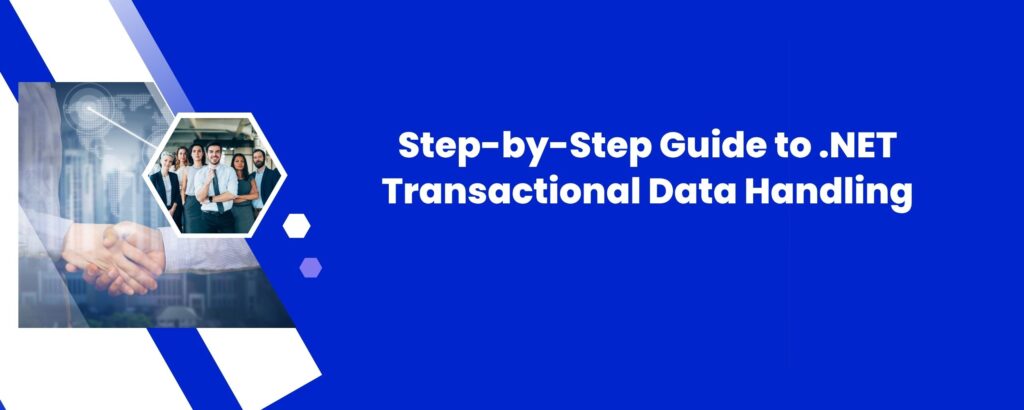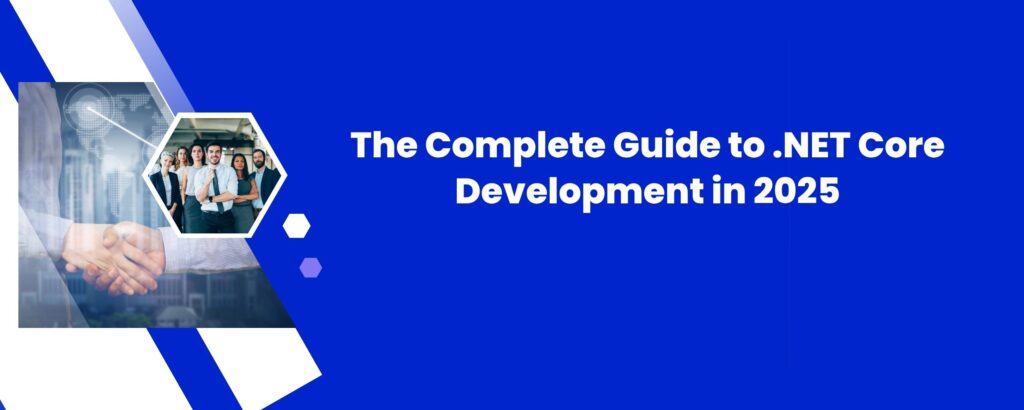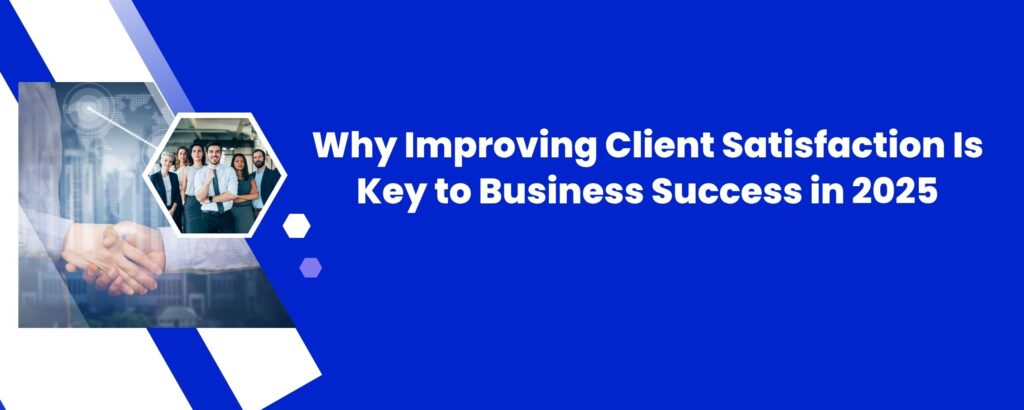Step-by-Step Guide to .NET Transactional Data Handling

NET Transactional Data Handling: Ensuring Reliable Data Operations In modern software development, especially in enterprise-level applications, .NET transactional data handling plays a vital role in maintaining data consistency and integrity. When multiple operations interact with a database, there’s always a risk of partial updates or failures. Transactional handling ensures that a group of operations is executed as a single unit—commonly known as an atomic transaction. If one step fails, the entire transaction rolls back, preventing data corruption. Using tools like Entity Framework, developers can easily implement .NET transactional data handling with built-in support for transactions. This is particularly useful in scenarios like banking, order processing, and inventory management, where a failed operation must not leave the database in an inconsistent state. For example, transferring funds between accounts must either debit one account and credit the other—or do nothing at all. One of the core principles of transactional systems is ACID compliance—Atomicity, Consistency, Isolation, and Durability. The .NET framework, combined with SQL Server or any compatible database, supports these properties natively. Developers can create transaction scopes using classes like TransactionScope or through DbContext in Entity Framework, which makes it easy to commit or roll back changes based on the operation’s success. When handling multiple updates across tables or services, transactional data handling becomes even more critical. It not only simplifies error management but also improves system reliability. For example, in an e-commerce system, placing an order might involve updating inventory, logging the transaction, and notifying the user. If one step fails and transactions are not managed, you might end up with mismatched stock data or incomplete records. By integrating .NET transactional data handling into your application logic, you ensure your operations are safe, reversible, and reliable. This contributes to a smoother user experience, higher trust, and fewer data anomalies in production systems. In conclusion, whether you’re developing a simple CRUD application or a complex enterprise platform, mastering transactional handling in .NET is essential. With support from Entity Framework, you can implement robust, ACID-compliant logic that keeps your database operations safe and consistent.
The Complete Guide to .NET Core Development in 2025

In today’s evolving tech landscape, developers seek frameworks that are fast, scalable, and cross-platform. One standout in this space is Microsoft’s modern .NET Core development platform, which continues to gain traction worldwide. Whether you’re a beginner looking to build web apps or a seasoned professional developing enterprise-grade software, understanding the power and flexibility of .NET Core is crucial in 2025 and beyond. What Is .NET Core? This open-source, cross-platform development framework maintained by Microsoft allows building applications that run on Windows, Linux, and macOS. Unlike its predecessor, which is Windows-only, it supports modern cloud-based and containerized applications. Its modularity, performance improvements, and compatibility with languages like C#, F#, and VB.NET make it a preferred choice for modern software development. Key Features of .NET Core Here are some standout features making this platform a favorite among developers: 1. Cross-Platform Compatibility Write your code once and run it anywhere—Windows, macOS, or Linux. Perfect for cloud-native apps and microservices. 2. High Performance Optimized runtime and Just-In-Time (JIT) compilation deliver fast execution, ideal for demanding applications. 3. Open Source and Community-Driven Developers can view, modify, and contribute to the source code. With Microsoft and community backing, the framework constantly evolves. 4. Modern Development Tools Integrated with Visual Studio, VS Code, and CLI tools for flexible, efficient workflows. 5. Microservices and Container Support Seamless compatibility with Docker and Kubernetes for cloud-native deployments. Why This Framework Matters in 2025 The software development ecosystem moves quickly, yet this platform remains relevant due to its versatility: Enterprise-level support for mission-critical apps Continuous innovation with regular updates Cloud readiness optimized for Azure, AWS, and Google Cloud Security-first design with frequent patches and built-in features Popular Use Cases This framework fits a wide variety of projects: Web APIs and backend services Real-time applications with SignalR Desktop apps with Windows Forms and WPF Cross-platform mobile apps via Xamarin and .NET MAUI Serverless applications with Azure Functions Machine learning integration with ML.NET How It Compares to the Classic .NET Framework Feature Modern Platform Classic Framework Platform Cross-platform Windows-only Open Source Yes Partially Performance High Moderate Cloud-ready Optimized Limited support Future Development Actively maintained Minimal updates For new projects, this platform is the recommended path. Getting Started: A Quick Guide Step 1: Install the SDK Download the latest software development kit from Microsoft’s official site. Step 2: Choose Your IDE Visual Studio, Visual Studio Code, or JetBrains Rider provide excellent support. Step 3: Create a New Project Run the following commands:Now you have a working web application. Step 4: Learn Core Concepts Focus on controllers, routing, dependency injection, middleware, and data access using Entity Framework Core. Tips for Better Development Adopt clean architecture principles for maintainability. Use dependency injection to improve testability. Implement robust logging and monitoring. Write unit and integration tests. Stay current with updates to enhance security and performance. Looking Ahead: Future Trends Upcoming enhancements promise even more power and flexibility: Continued unification of the .NET ecosystem with future versions Growing popularity of Blazor for client-side web apps using C# Expansion of .NET MAUI for truly cross-platform mobile and desktop apps Increased AI and machine learning integration Conclusion This modern Microsoft framework remains an excellent choice for building fast, scalable, and cross-platform applications in 2025. Its open-source nature, cross-platform flexibility, and enterprise-grade features make it ideal for everything from microservices to complex web apps.
Why Improving Client Satisfaction Is Key to Business Success in 2025

In today’s competitive business environment, improving client satisfaction is no longer just a nice-to-have; it’s a vital strategy for long-term success. Satisfied clients become loyal customers, brand advocates, and consistent revenue sources. Whether you run a startup or an established company, prioritizing client satisfaction leads to better retention, higher referrals, and a stronger market reputation. This comprehensive guide explores effective ways to enhance client satisfaction in 2025, highlighting strategies that foster trust, deliver exceptional service, and create meaningful connections. Why Is Improving Client Satisfaction Crucial? Businesses thrive on their clients. When clients feel valued and their needs are met promptly, they are more likely to continue doing business and recommend your services to others. Research consistently shows a direct link between customer satisfaction and profitability. Moreover, in the age of social media and online reviews, one unhappy client can impact your brand’s reputation significantly. By focusing on improving client satisfaction, companies can reduce churn rates, increase customer lifetime value, and differentiate themselves from competitors. Key Strategies for Improving Client Satisfaction 1. Understand Client Needs Thoroughly Effective communication is the foundation of any client relationship. Take time to listen actively, ask clarifying questions, and understand your client’s goals and pain points. Using customer feedback tools and surveys can provide valuable insights into their expectations. Tailoring your products or services to meet these specific needs creates a personalized experience that clients appreciate, boosting satisfaction significantly. 2. Deliver Consistent Quality One of the biggest factors in client satisfaction is reliability. Clients expect consistent quality in your products or services every time they engage with you. Establish robust quality control measures and maintain high standards throughout your delivery process. When clients know they can depend on you for excellence, trust builds naturally, encouraging repeat business. 3. Provide Timely and Transparent Communication Clients want to stay informed about project progress, timelines, and any potential challenges. Regular updates and transparent communication build confidence and reduce uncertainty. Use multiple channels—emails, calls, or project management platforms—to keep clients in the loop. Address concerns quickly and honestly to avoid misunderstandings. 4. Empower Your Team with Client-Centric Training Your employees are on the front lines of client interaction. Training your team to adopt a client-centric mindset ensures they prioritize client satisfaction in every decision and interaction. Focus on skills like empathy, problem-solving, and effective communication. When your staff feels empowered, they deliver better service, which reflects positively on your brand. 5. Implement Efficient Problem Resolution Processes No business is perfect, and issues may arise. What matters most is how you handle problems. Establish a clear, efficient process for addressing client complaints and resolving conflicts. Respond promptly, take ownership, and follow up to ensure the solution meets the client’s expectations. This proactive approach can turn dissatisfied clients into loyal advocates. Leveraging Technology to Boost Client Satisfaction In 2025, technology plays a pivotal role in enhancing client relationships. Customer Relationship Management (CRM) systems, chatbots, and automated feedback tools help businesses streamline communication and provide personalized experiences at scale. Using data analytics to monitor client behavior and preferences allows you to anticipate needs and tailor your services accordingly. Technology also facilitates faster response times and more accurate information sharing, both critical to client satisfaction. Measuring Client Satisfaction Effectively To improve what you can measure, implement reliable client satisfaction metrics such as Net Promoter Score (NPS), Customer Satisfaction Score (CSAT), and Customer Effort Score (CES). Regularly collecting and analyzing this data helps you identify strengths and areas needing improvement. Act on feedback to continuously refine your processes and elevate the client experience. Transparency about your efforts to improve based on client input also strengthens trust. The Role of Personalization in Client Satisfaction Personalized experiences resonate more deeply with clients than generic service. Use client data responsibly to customize your communications, offers, and services. Address clients by name, recognize their history with your business, and suggest relevant solutions. Personalization demonstrates that you value each client as an individual, fostering stronger emotional connections and loyalty. Building Long-Term Relationships for Sustainable Success Improving client satisfaction isn’t a one-time effort—it’s a continuous journey. Invest in nurturing long-term relationships by staying engaged beyond initial transactions. Follow up after project completion, send helpful resources, and celebrate client milestones. These gestures show clients they matter beyond just business, encouraging ongoing partnership and advocacy. Common Pitfalls to Avoid in Client Satisfaction Efforts Ignoring feedback: Failing to act on client input can damage trust and satisfaction. Always acknowledge and address concerns. Overpromising and underdelivering: Set realistic expectations to avoid disappointment. Poor communication: Lack of transparency or delayed responses frustrate clients. Inconsistent service quality: Fluctuating standards confuse and alienate clients. Avoiding these mistakes will help maintain a positive client experience and protect your brand reputation. Conclusion: The Impact of Improving Client Satisfaction on Your Business Growth Focusing on improving client satisfaction drives tangible business results—higher retention rates, more referrals, and increased revenue. By understanding client needs, ensuring quality, maintaining transparent communication, and leveraging technology, companies can build lasting relationships that fuel growth. Prioritize client satisfaction as a core business value in 2025 to stay competitive and thrive in an ever-changing marketplace.
